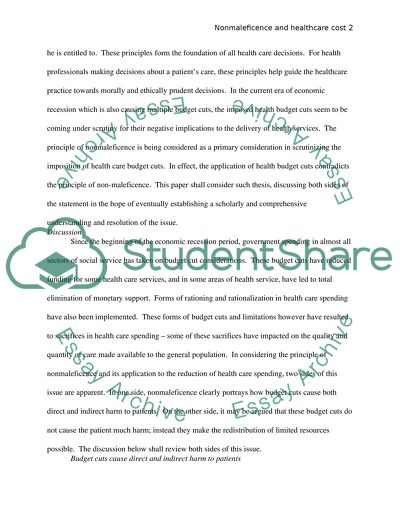Cite this document
(“Nonmaleficence & Healthcare cost Essay Example | Topics and Well Written Essays - 2500 words”, n.d.)
Retrieved from https://studentshare.org/environmental-studies/1421794-nonmaleficence-healthcare-cost
Retrieved from https://studentshare.org/environmental-studies/1421794-nonmaleficence-healthcare-cost
(Nonmaleficence & Healthcare Cost Essay Example | Topics and Well Written Essays - 2500 Words)
https://studentshare.org/environmental-studies/1421794-nonmaleficence-healthcare-cost.
https://studentshare.org/environmental-studies/1421794-nonmaleficence-healthcare-cost.
“Nonmaleficence & Healthcare Cost Essay Example | Topics and Well Written Essays - 2500 Words”, n.d. https://studentshare.org/environmental-studies/1421794-nonmaleficence-healthcare-cost.


